ISSN ONLINE(2319-8753)PRINT(2347-6710)
ISSN ONLINE(2319-8753)PRINT(2347-6710)
Mayank Dev Singh1, Swati Singh1, Derasari Keyur2, Soni Saumil2, Patel Niki2, Panchal Harshal2
|
| Related article at Pubmed, Scholar Google |
Visit for more related articles at International Journal of Innovative Research in Science, Engineering and Technology
Parvati techno cast (Guj) pvt. ltd. (688, GIDC estate Makarpura, Vadodara, 390010) is the company which manufacture different mechanical components (100gm to 200kg weight) by using casting. Also manufacturing engineering services include machining of components which are produced by casting. At present situation company is having less productivity due to ineffective utilization of plant layout, less space for storage, material handling problems etc. Owner of the company wants to implement new semi-automatic machining shop. So our objective is to improve productivity in the best and effective manner without compromising quality of products. In this paper, to accomplish our objective by effectively utilization of plant area, changing in plant layout, process layout, applying work and motion study, reducing non-productive time and applying ergonomics for various working position.
Keywords |
| Plant layout, Productivity, Work study, Material handling, Ergonomic. |
INTRODUCTION |
| Cast ing played a major role in the industrial revolution and remains the basis of current manufacturing equipment and manufactured goods. Casting is one of the oldest manufacturing processes from which simple and complicated shapes can be made from any metal that can be melted. There are various processes such as induction casting, die casting, investment die casting (wax pattern), centrifugal casting, permanent mould casting, sand casting, etc. out of them investment die casting is one of the best method to produce casting components. |
| The most common materials used for casting are grey iron, ductile iron, aluminium alloys and copper alloys. Castings produced may be small part of useful device or it may be the entire device. Foundry is a casting factory which equipped for making moulds, melting of metal and handling molten metal, performing the casting process, cleaning and finishing the castings. |
| There are different casting industries which produces metallic components by casting processes. Parvati Techno Cast is one of them; which is using induction casting. |
| All the companies always want to improve their productivity continuously by solving the problems which are directly affected to the productivity. So company want to produce more output by effectively utilizing the available resources; where Parvati Techno Cast Company is also one of them. Biggest problems which are associated with this company are ineffective layout, back flow of material, material handling problem, ergonomics, storage problem, etc. so our main objective is to apply industrial engineering techniques to solve the problems which improves the productivity. |
ïÃâ÷ Objective of the project research |
| ïÃâ÷ To improve overall productivity of company by eliminating and minimizing the problems by changing Plant layout. |
| ïÃâ÷ To improve efficiency of the Plant layout by using various industrial engineering techniques. |
II. LITERATURE REVIEW |
| According to Gogi et al (2014), they were working on efficiency improvement of a plant layout. According to them; it is essential to have a well-developed plant layout for all the available resources in an optimum manner and get the maximum out of the capacity of the facilities. The efficiency of production depends on the various machines, services production facilities and employee’s efforts are located in a plant. They aim to study and improve the current plant layout and are analyzed & designed by using string diagram. Plant layout is the arrangement of desired machinery and equipment of a plant in a way which will permit the easiest flow of materials and moment, at the lesser cost with minimum material handling, in processing the product from the raw materials to the dispatched of the finished product. The research paper presents solving an industrial problem using the principle of string diagram and simulation software. The most common objective of layout design, that is to minimize distance travelled and the efficiency of the plant was increased up to 85.31% and the reduction in transportation length of 46% was achieved. |
| According to Shewale et al (2012), they were working on improvement in plant layout using systematic layout planning (SLP) for increased productivity. In this paper; they study about plant layout of compressor manufacturing based on the systematic layout planning (SLP) for increasing productivity. In this case study, amount of equipment and tools in compressor production are studied and carry out detailed study of the plant layout such as operation process chart, flow of material and activity relationship chart. The new plant layout has been designed and compared with the present plant layout. The SLP method showed that new plant layout significantly decrease the distance of material flow and moment. The comparison of distance travelled by present and proposed layout is given below: |
 |
| Therefore the total distance reduced by SLP is 312.63 m. |
| According to Mayank et al (2013), they were working on overall productivity improvement in casting and fastening industry. The purpose of this research is to improve productivity of small and medium scale casting industries which produce various mechanical components by casting processes. They make changes in plant layout, flow of material movement for better utilization of plant area to improve the productivity and identify problems in the casting and fastening process and improved it in terms of reduction in production time, number of manual process and back flow of materials by proposing an efficient plant layout and design of components used for loading of material used in fastening process. They conclude that by using semi-automatic moulding machine, time reduces to 5-6 minutes per mould and marking & adjustment of the cope & drag part can avoid. By changing plant layout storage problem, material handling problem, space for investment casting and material movement can be reduce. |
| According to Shinde et al (2014), they are working on improvement of plant layout by using 5s technique- An industrial case study. According to them; 5S is a continuous improvement process that helps organizations to simplify, clean and sustain a productive work environment. It is a system to reduce waste and optimize productivity through maintaining an orderly workplace and using, visualization to achieve more efficient consistent operational results. A typical 5S implementation would result reductions of space needed for existing operations, tools and materials into labelled and colour coded storage locations, as well as kits that contain just what is needed to perform a task & improve quality. 5S provides the foundation on which other lean methods, such as TPM, cellular manufacturing, just-in-time, and Six Sigma. They conclude that; by using 5S technique there is clear visibility of problem, improved safety, reduced waste, improved morale of employee, an increased sense of ownership of the workspace, improved productivity, improved quality, improved maintenance, shorter lead times and a better impression on customers. 5S technique helps the culture develop a new sense of discipline and order that carries over into all activities. |
III. PROBLEM IDENTIFICATION |
| There are various types of problem occurred in this company which are described below: |
ïÃâ÷ Improper Plant Layout |
| The existing layout of company is improper for achieving higher productivity. The material and machines are not in proper place. As we know that if available resources are not properly utilized it will affect productivity. So by possible changes in plant layout there is proper utilization of plant area. |
ïÃâ÷ Material Flow and Movement |
| There is unsystematic arrangement of the materials and flow of material moment is improper in the plant area. Back tracking moves are exists in material movements. So results more travelling distance and related time. |
ïÃâ÷ Storage Problem |
| Storage of sand, molasses, pattern, raw materials & finished goods etc. are not in proper place so moment of men and materials are improper therefore it causes material handling problem which takes more time and less effective for productivity. |
ïÃâ÷ Material Handling Problem |
| The raw material, semi-finished& finished goods are required for transporting from one place to another again and again but they are arranged in unsystematic manner so effort man power is consumed in to that process as well as more time is also consumed. |
ïÃâ÷ Manual Process |
| At present scenario in the casting company most of the processes are done manually. There is no semi or fully Automation is involved. So motion and time for doing work & completion of work is more. And also manual process required skilled workers |
ïÃâ÷ Ergonomics Problem |
| No proper ventilation for foundry department and there is a high temperature near the induction furnace which can affect the performance of workers and hence indirectly affects the productivity. |
IV. DATA COLLECTION |
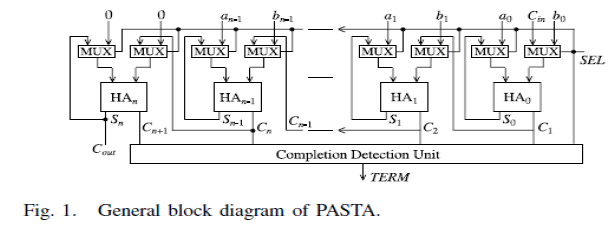 |
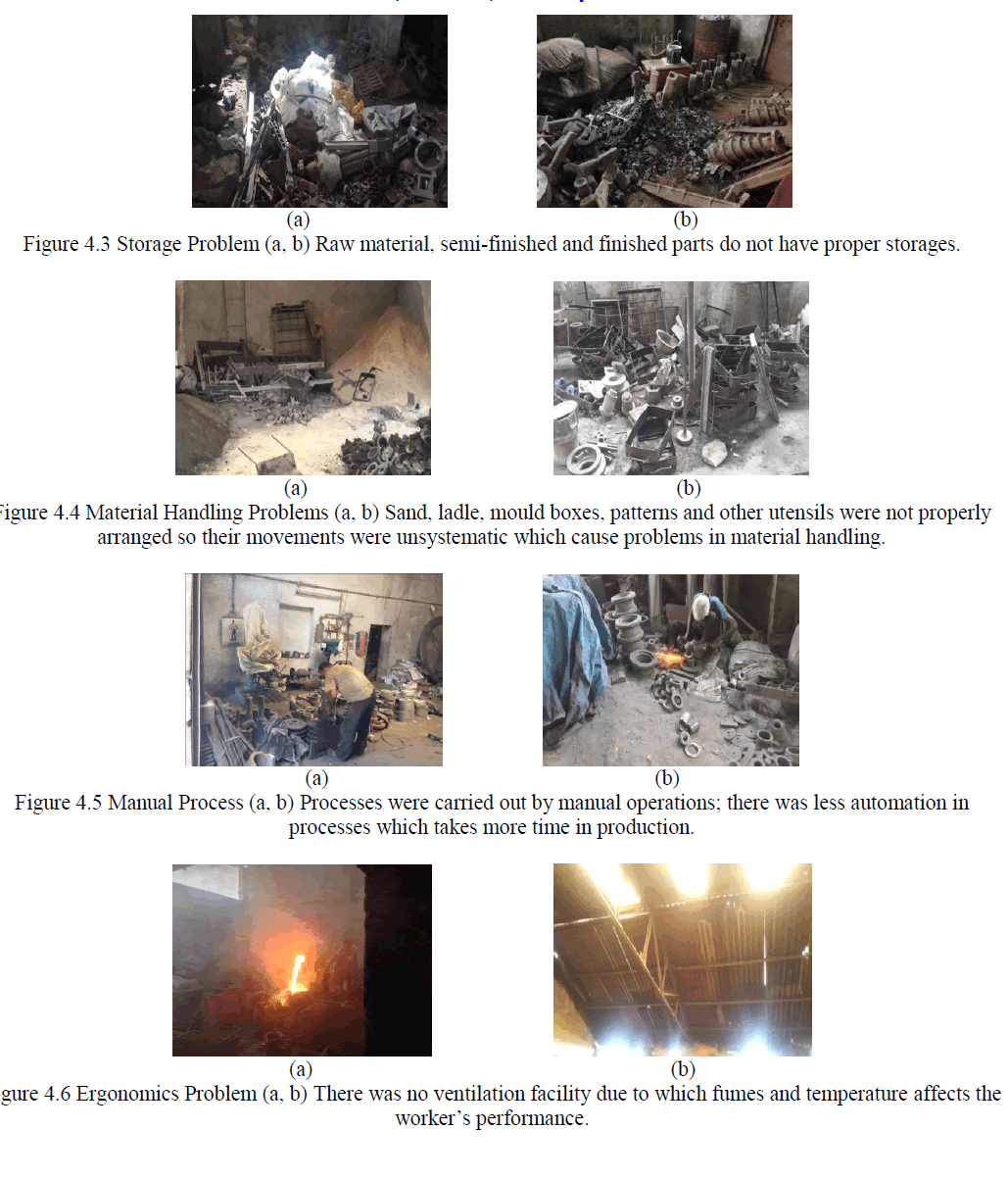 |
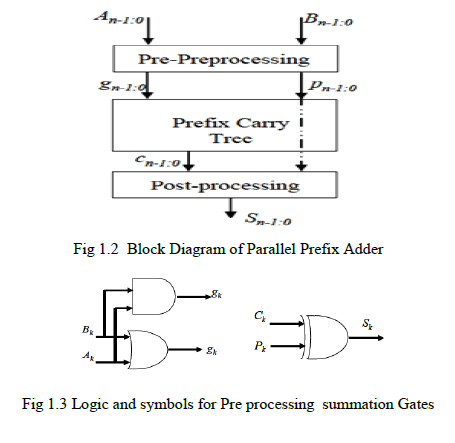 |
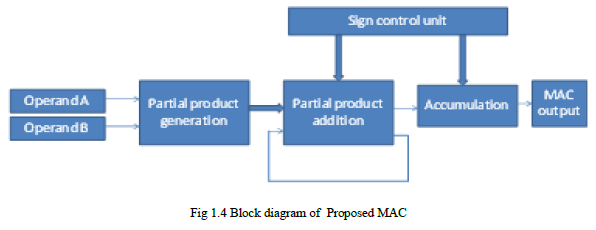 |
 |
| Takes travelling distance of 125.13 m in existing plant layout, but in new plant layout same takes 67.9 m. Hence reduction in distance is 57.23m. |
| Similarly time taken for it, is 391.75 min in existing plant layout and in new plant layout it takes 389.53 min. Hence reduction in time is 2.22 min. |
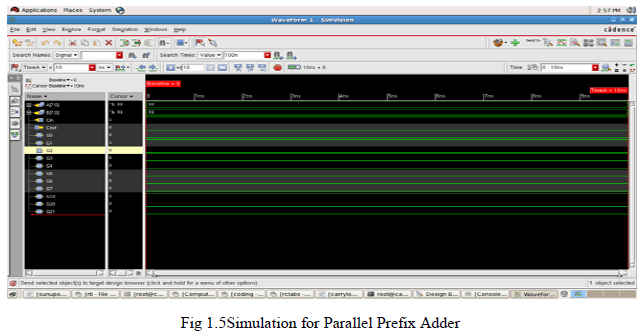 |
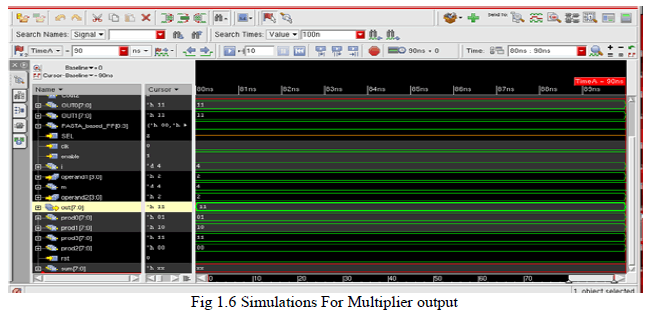 |
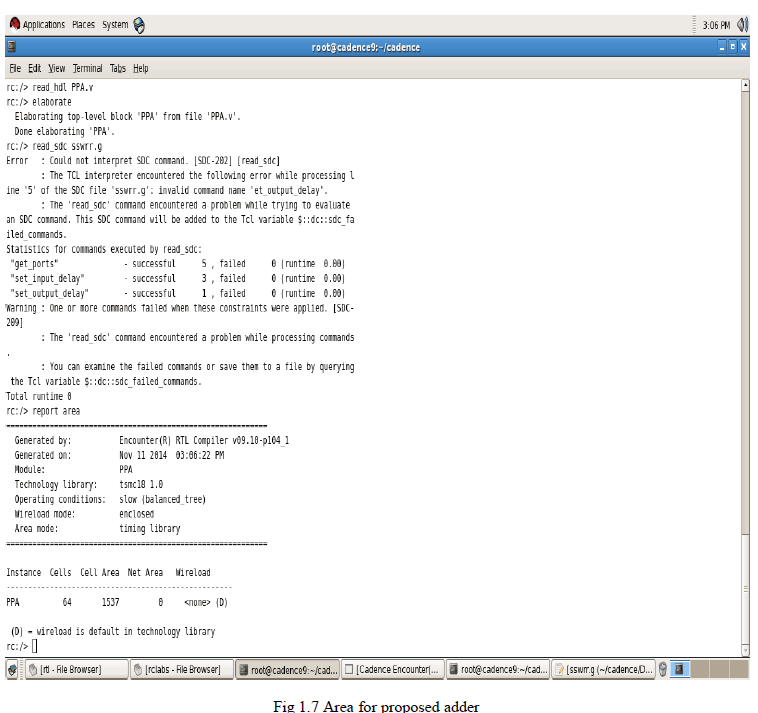 |
VI. CONCLUSION |
| The company has improper layout and unsystematic movements of man and material due to which the total travelling distance in existing plant layout are approximately 188.5311 m, by using systematic layout planning (SLP), “U shape” line layout, work and motion study in new plant layout the approximate distance is reduce to 92.7662 m per component manufacturing and dispatching. Hence, the total reduction in distance is 95.7649 m that means 49.2047 % distance is reduced. |
| The storage problems are eliminated by providing storage and rejection rooms. Material handling and improper material movements are avoided by using pallet trucks. And also by providing turbo ventilators the performance of workers can be improve. |
| Hence, such problems arise in the small scale industries can be minimized by using industrial engineering techniques. |
References |
|